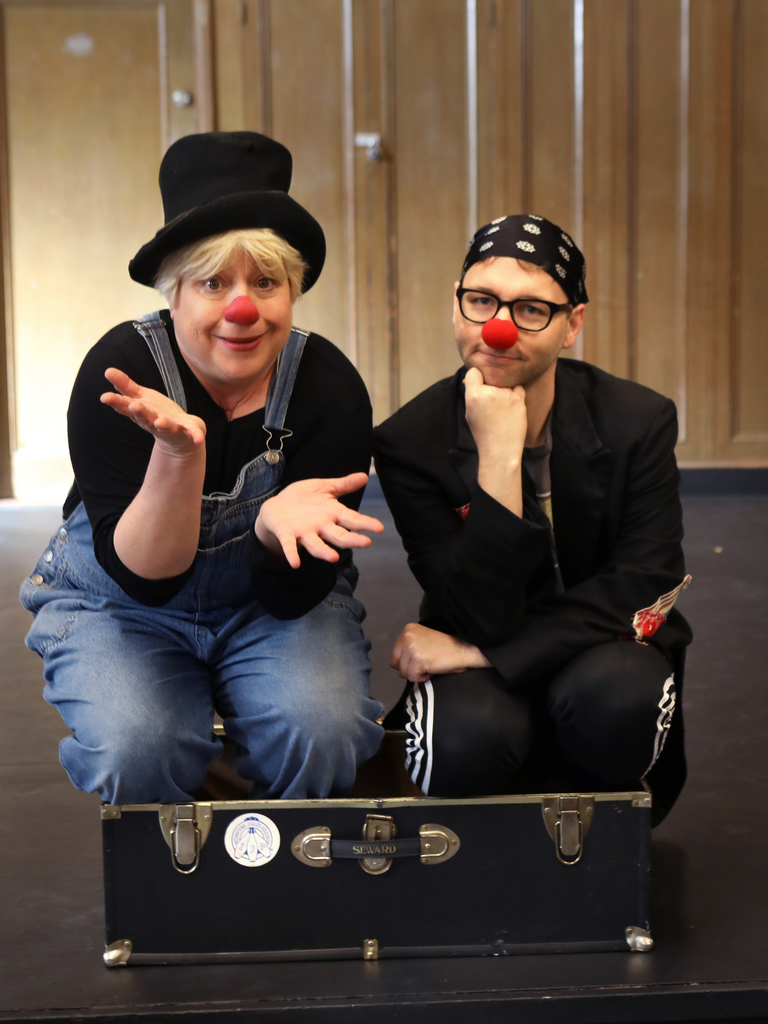Community, Leadership, Experimentation, Diversity, & Education
Pittsburgh Arts, Regional Theatre, New Work, Producing, Copyright, Labor Unions,
New Products, Coping Skills, J-O-Bs...
Theatre industry news, University & School of Drama Announcements, plus occasional course support for
Carnegie Mellon School of Drama Faculty, Staff, Students, and Alumni.
CMU School of Drama
Monday, February 10, 2020
The underestimated pathos and power of clowning
Datebook: Some children dream of running away with the circus. Living in San Francisco, that seemed redundant. But when I was given the chance to walk in the (oversize) shoes of a clown for an afternoon at San Francisco’s Circus Center, my answer was an enthusiastic yes.
Subscribe to:
Post Comments (Atom)

1 comment:
I never had clowns at my birthday parties or been to a circus. This article explained some of the basics of clowning as an art form. I remember in my first two years of high school I would go watch the senior acting students do their clowning final. I recognize a lot of the routines described in this article. I agree that clowns can do much more than people may think at first glance. I think there are many instances of clowns becoming widely famous without being labeled exclusively as clowns because they essentially reject the common iconography. The three stooges and the Marx brothers both follow the formulas and routines of clowning, but were taken a bit more seriously because they did not put themselves in a box. They were able to reach a wider audience with their gags which usually poked fun at those in power by taking on a more toned down appearance.
Post a Comment